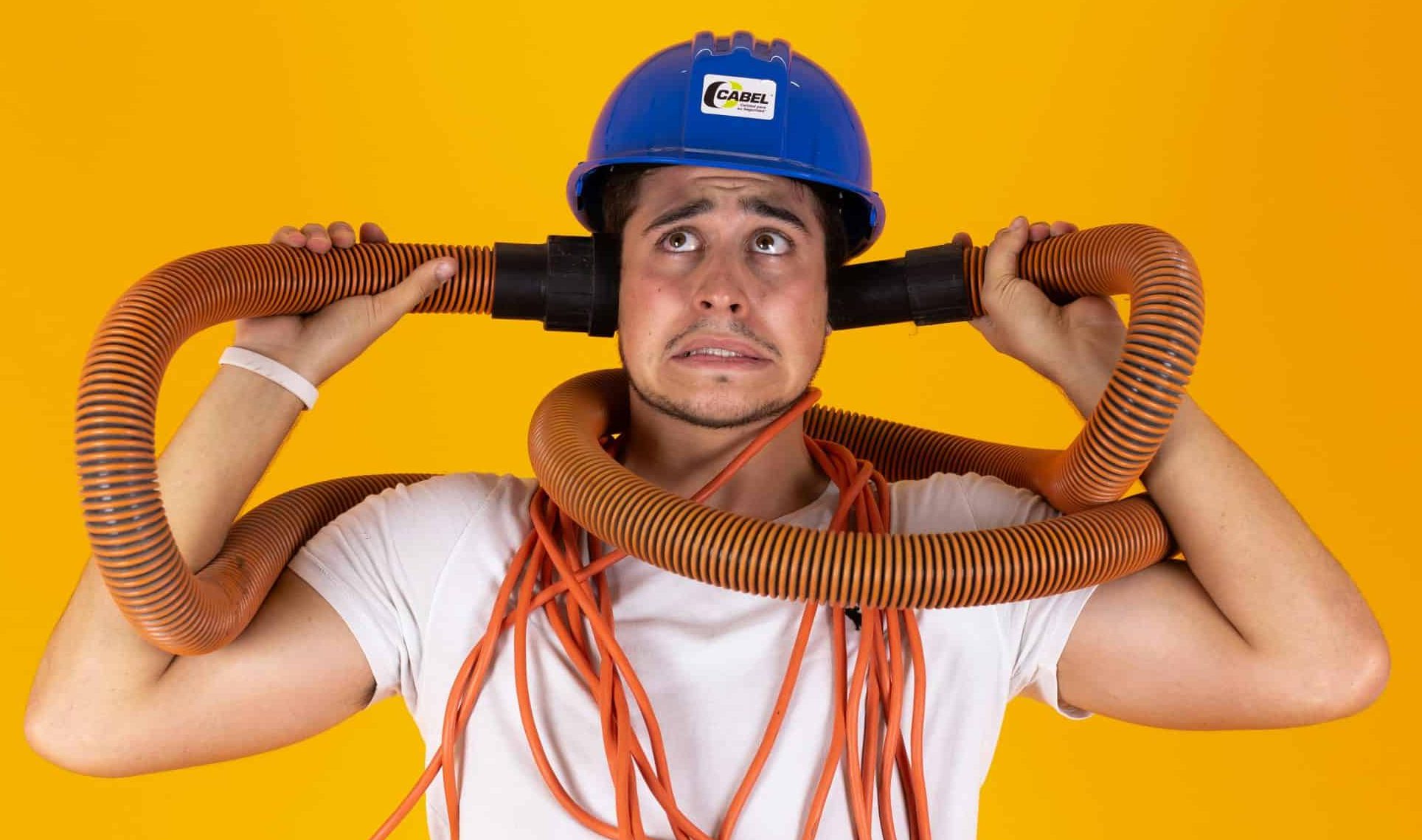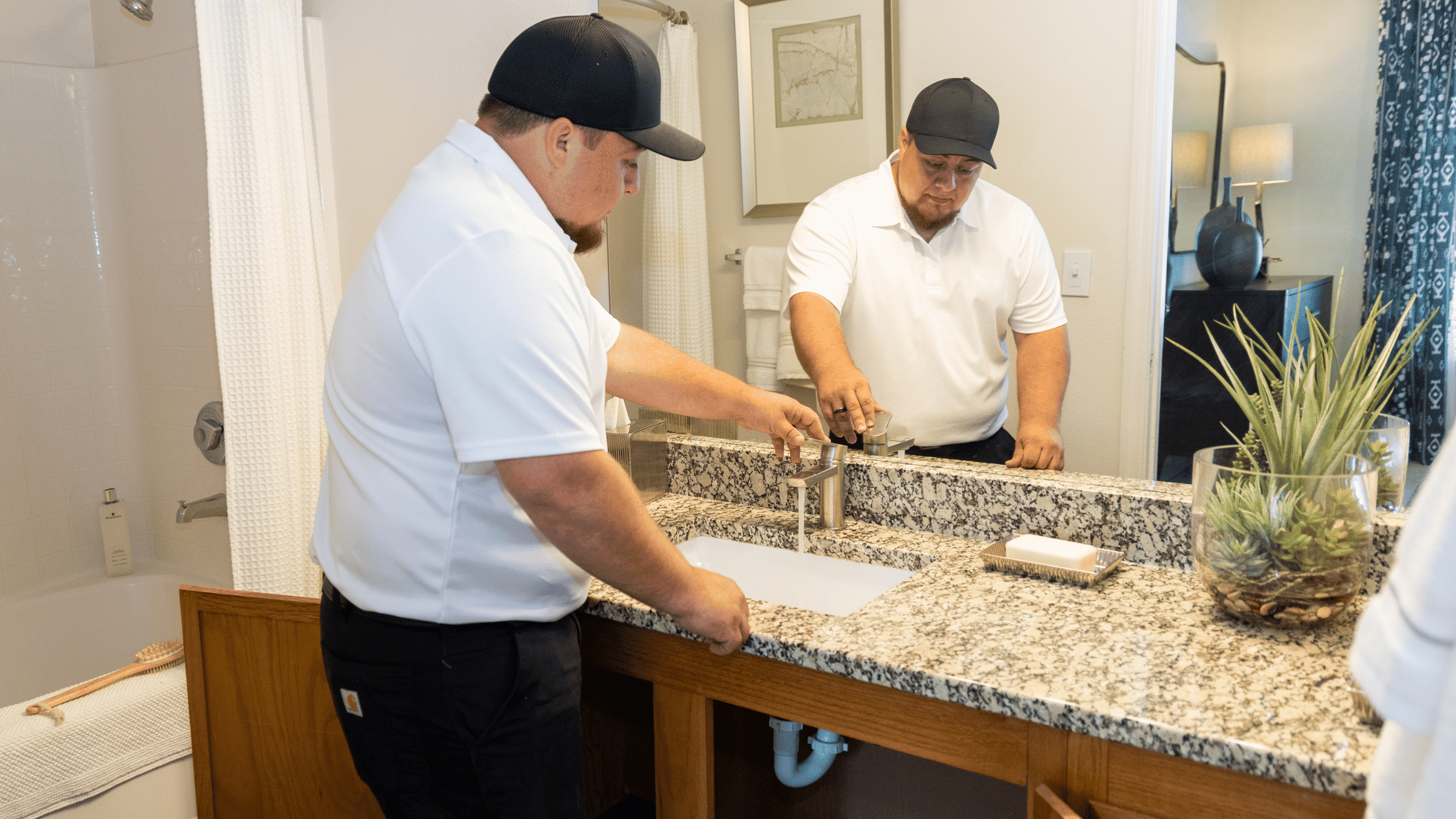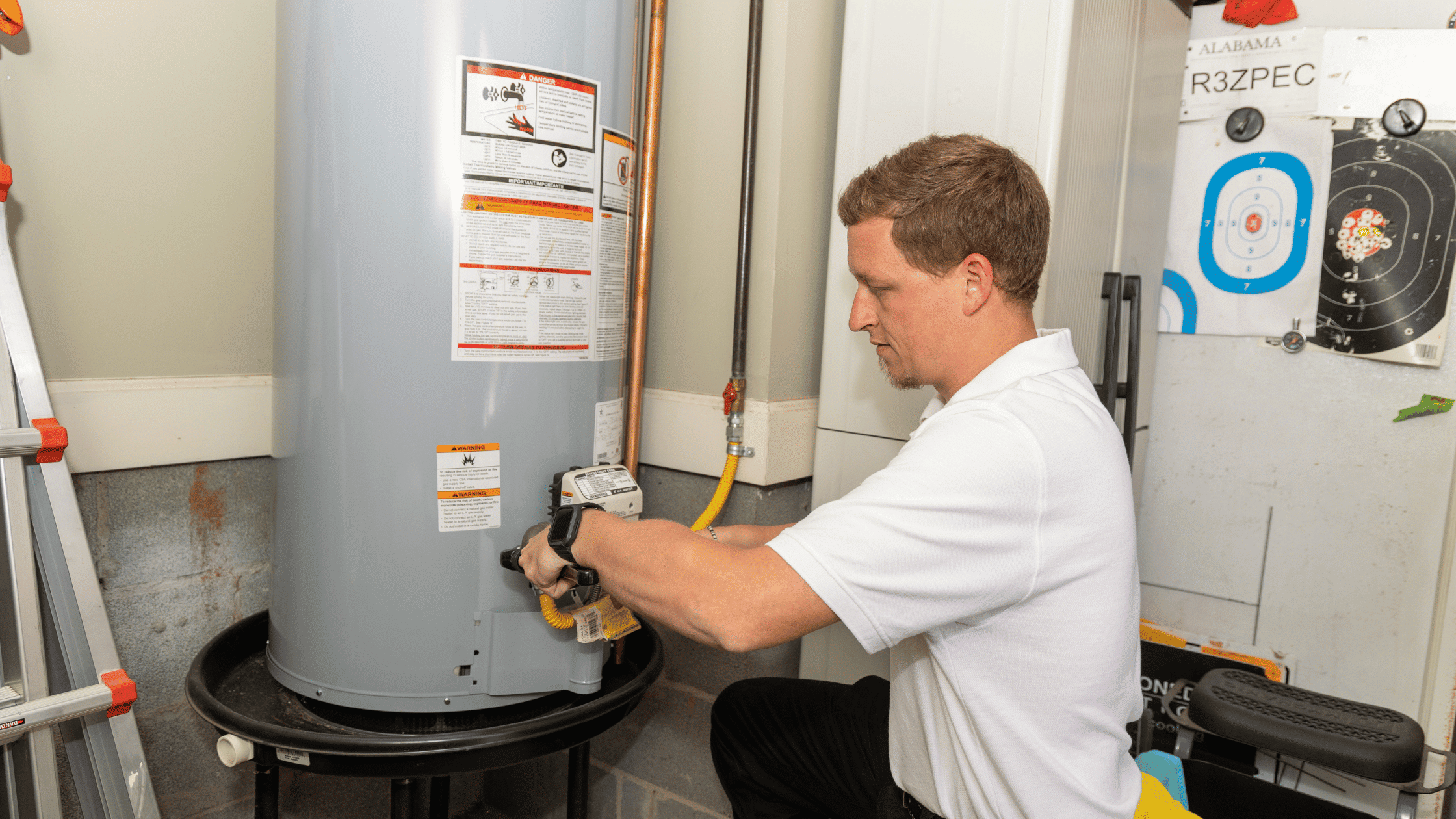When a plumbing issue arises in your home, your instinct might be to tackle it…
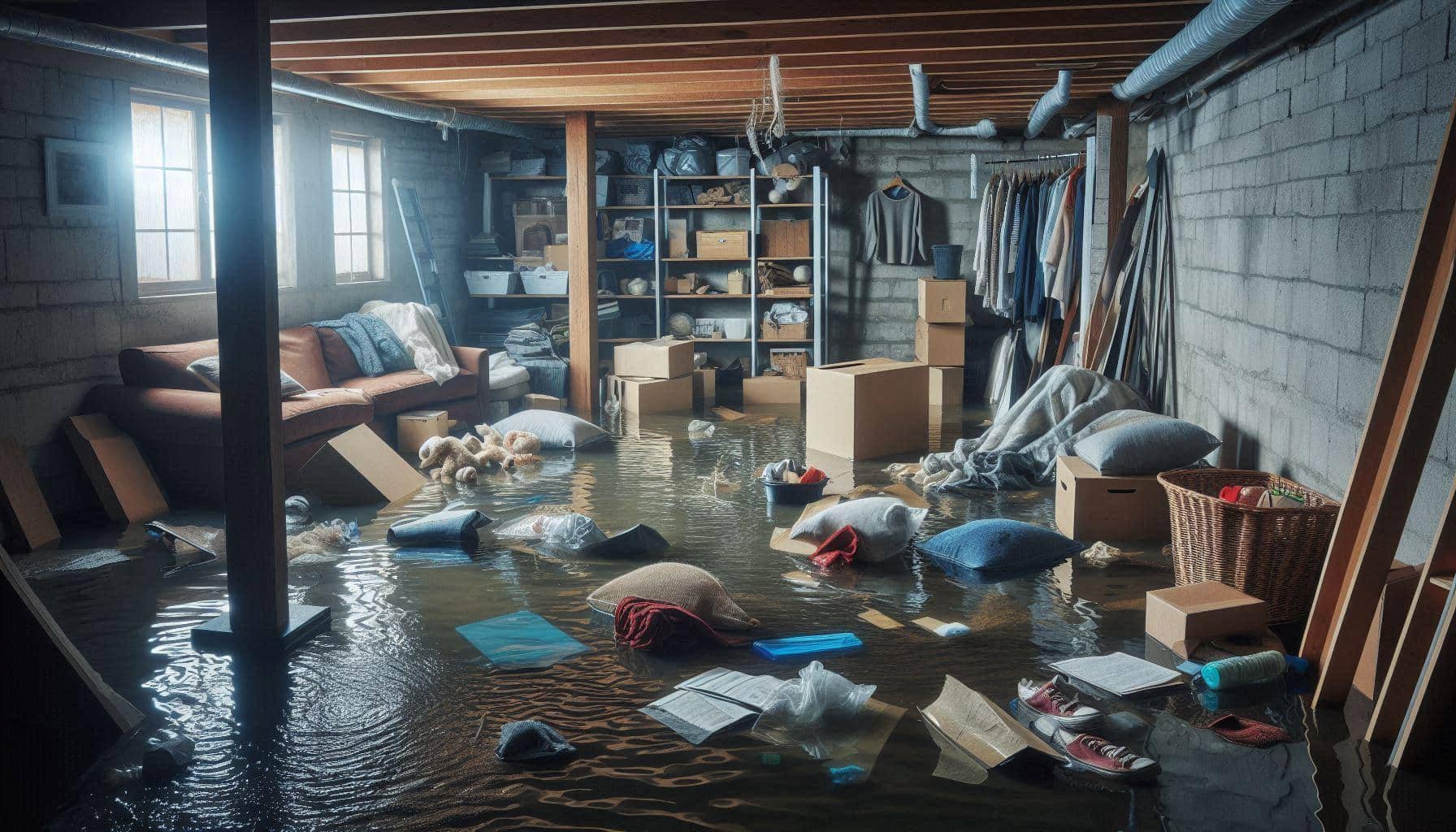
Protect Your Home from Flooding: A Complete Guide to Pump Systems
 Flooding can be a nightmare for any homeowner, leading to extensive damage and costly repairs. At Hornback Plumbing, we understand the importance of keeping your home dry and safe. That’s why we offer a variety of pump systems designed to protect your property from water damage.
Flooding can be a nightmare for any homeowner, leading to extensive damage and costly repairs. At Hornback Plumbing, we understand the importance of keeping your home dry and safe. That’s why we offer a variety of pump systems designed to protect your property from water damage.
Whether you’re dealing with frequent heavy rains or just want peace of mind, our guide will help you understand the best solutions for your needs.
Do You Need a Sump Pump?
If your basement feels damp or floods after every storm, a sump pump might be the solution you need. Sump pumps are designed to remove excess water from your home, keeping your foundation intact and preventing issues like mold and mildew. By channeling water into a sump pit, these pumps activate automatically when water reaches a certain level, pumping it safely away from your home.
Understanding the Types of Sump Pumps
 Pedestal Sump Pumps: These are ideal for smaller sump pits. The motor is elevated above the water, making it easier to service and repair, but it’s important to keep it dry since it’s not waterproof.
Pedestal Sump Pumps: These are ideal for smaller sump pits. The motor is elevated above the water, making it easier to service and repair, but it’s important to keep it dry since it’s not waterproof.- Submersible Sump Pumps: These pumps sit directly in the water, making them quieter and more efficient. They’re a great choice for households with children or pets, as they’re tucked away and less accessible.
- Effluent Pumps: Often mistaken for sump pumps, effluent pumps serve a different purpose. They remove wastewater from areas like laundry rooms and bathrooms, not just groundwater.
Why You Need a Backup Pump System
Even with a reliable sump pump, your home can still be at risk during power outages or pump failures, especially during severe weather. Backup pump systems provide an extra layer of protection, ensuring your home remains dry even when your primary pump is out of commission.
- Battery-Powered Backup Pumps: These pumps kick in when the power goes out, ensuring your home stays dry. Many come with alarms to let you know when they’re in use or need charging.
- Water-Powered Backup Pumps: These systems use your home’s water pressure to keep your basement dry. They don’t require electricity or batteries, making them a reliable alternative, though they can increase your water bill.
Handling Wastewater with a Sewage Ejector Pump
If your home has plumbing fixtures below the main sewer line—such as in a basement or lower level—a sewage ejector pump is necessary to move wastewater up to the sewer or septic line. Unlike sump pumps, which handle clear or gray water, sewage ejector pumps are specifically designed to manage “dirty” water, including waste from toilets, sinks, and showers.
How to Check If Your Home is Below the Main Sewer Line
- Check Your Home’s Elevation: Compare your home’s elevation to the street level where the main sewer line is located. Homes with basements or lower levels might be below the street sewer line, necessitating a pump to move wastewater.
- Inspect Plumbing Fixtures: Look at the placement of sinks, toilets, and showers in your home. If these fixtures are in a basement or on a lower level, they could be below the main sewer line and may require a pump for wastewater removal.
- Consult Property Plans: Review your property’s blueprints, which typically show the plumbing layout and elevations. You can obtain these documents from your local city planning office if needed.
- Test Water Flow: Observe the drainage speed from lower-level fixtures. Slow drainage may indicate that gravity isn’t effectively moving the wastewater, suggesting the need for a sewage ejector pump.
- Contact Us: For an accurate evaluation, contact us. We provide on-site assessments to determine if your home’s plumbing fixtures are below the main sewer line, ensuring you get the most effective solution for your situation.
Sewage Grinder Pumps: A Heavy-Duty Solution
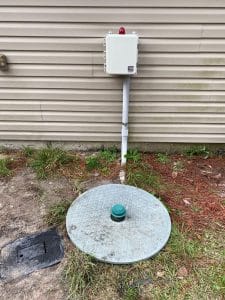 For homes where wastewater needs to be pumped over long distances or to higher elevations, a sewage grinder pump might be the right choice. These pumps grind waste into a fine slurry, making it easier to move through smaller pipes. They are ideal for properties with complex plumbing layouts or where a traditional sewage ejector pump isn’t powerful enough.
For homes where wastewater needs to be pumped over long distances or to higher elevations, a sewage grinder pump might be the right choice. These pumps grind waste into a fine slurry, making it easier to move through smaller pipes. They are ideal for properties with complex plumbing layouts or where a traditional sewage ejector pump isn’t powerful enough.
Important Note: A grinder pump is not recommended if your home is connected to a septic tank. These pumps break down waste particles so finely that solids can’t separate from liquids, which is essential to how septic systems work to treat wastewater.
Lift Station Pumps: Handling Large Volumes with Ease
If your property requires moving large volumes of wastewater, especially from commercial or industrial settings, a lift station pump could be the solution. Lift station pumps are designed to handle more substantial tasks than standard residential pumps, managing large amounts of sewage and wastewater and transporting it over considerable distances.
- What is a Lift Station Pump? A lift station is essentially an underground pit, often referred to as a “wet well.” This pit collects wastewater from lower elevations and, using powerful pumps, moves it to higher ground or further along the sewer line. Lift station pumps are crucial in areas where the landscape doesn’t allow for gravity-fed sewer systems.
- When Do You Need a Lift Station Pump? These pumps are typically used in settings where the volume of wastewater is too large for a standard sump or sewage ejector pump, or where the sewage needs to be pumped over longer distances or to higher elevations. They are commonly found in municipal, industrial, and large commercial facilities, but can also be essential for large residential properties with complex sewage needs.
- Maintenance of Lift Station Pumps: Regular maintenance of lift station pumps is vital to prevent blockages and ensure the system runs smoothly. Given their heavy-duty nature, these systems can suffer from wear and tear more quickly than smaller pumps, so routine inspections and servicing are recommended to avoid costly repairs or replacements.
Why Regular Maintenance is Crucial
To ensure your pump systems are always ready to protect your home, regular maintenance is key. Here’s why it matters:
- Prevent Costly Repairs: Regular inspections can catch small problems before they become major issues, saving you money on expensive repairs or replacements.
- Increase Efficiency: A well-maintained pump operates more efficiently, using less energy and performing better overall.
- Extend System Lifespan: Consistent maintenance can significantly extend the life of your pump system, meaning fewer replacements over time.
- Avoid Emergencies: Regular check-ups help prevent unexpected failures during critical times, such as heavy storms or power outages.
- Protect Health and Safety: Properly functioning pump systems prevent standing water and sewage backups, which can pose serious health risks to your household.
Simple Test for Your Sump Pump
Testing your sump pump is easy and can help you catch potential problems early. Fill a five-gallon bucket with water and pour it slowly around the sump pit. The pump should activate once the water reaches a certain level. If it doesn’t, or if it struggles to keep up, it’s time to call us for an inspection.
Get Expert Help When You Need It
At Hornback Plumbing, we’re dedicated to keeping your home safe and dry. Whether you’re considering a new pump installation, need routine maintenance, or are experiencing issues with your current system, our expert team is here to help. With years of experience and a commitment to quality, you can trust us to provide the best solutions for your home. Schedule an appointment or call us today to take the first step toward a safer, drier home.
And remember, we offer exclusive coupons and flexible financing options to make these essential services more accessible and affordable for you.

